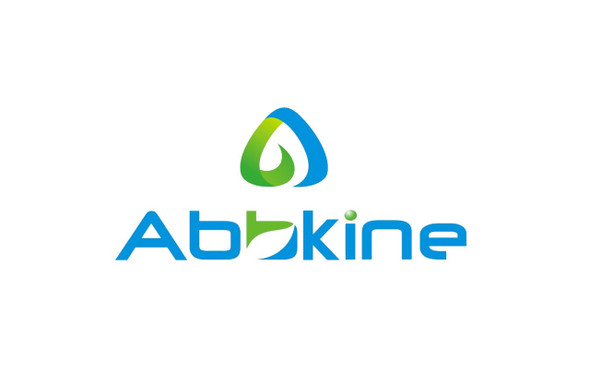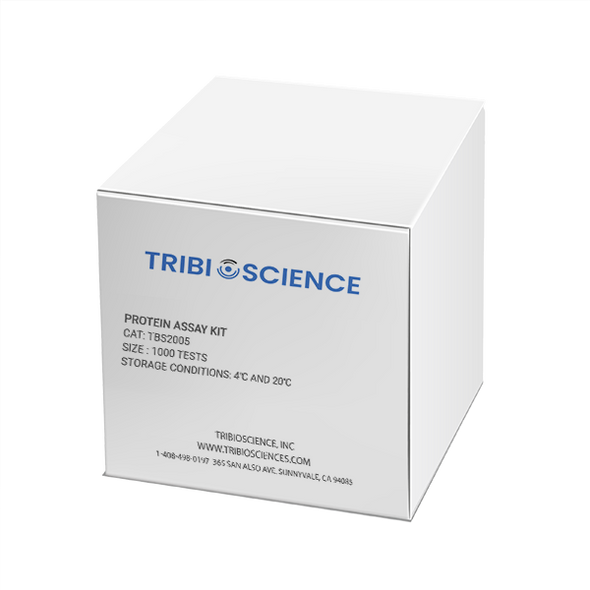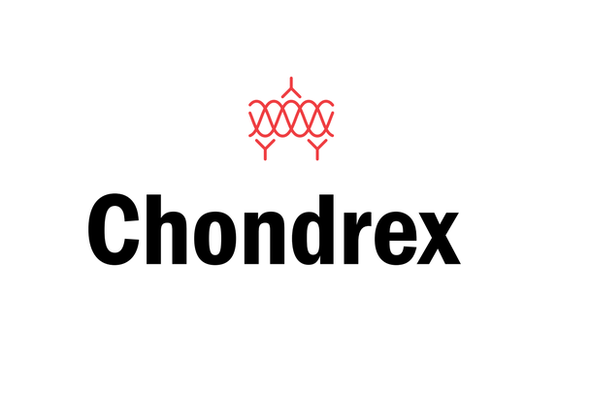Protein Quantification Kit (BCA Assay) | KTD3001
- SKU:
- 794-KTD3001
- Availability:
- Shipping within a Week
Description
Product Overwiew:
Abbkine Protein Quantification Kit (BCA Assay) provides a simple, rapid, detergent-compatible procedure for the detection and quantitation of total protein.
Background:
Bicinchoninic Acid (BCA) is capable of forming an intense purple complex with cuprous ion, Cu+, in an alkaline environment. Cu+ is produced from the reaction of protein with alkaline Cu2+. The resulting reaction and color produced is the basis for a common protein quantification method capable of measuring protein concentration over a wide range. Increasing protein concentrations produce proportionally deeper colors. The BCA protein assay demonstrates higher tolerances towards common interfering substances, such as nonionic detergents and buffer salts than the Lowry technique.
Used for:
N/A
Kit components:
• BCA Reagent A (2x)
• BCA Reagent B
• BSA Standard
Features & Benefits:
• Time saving—much easier and four times faster than the classical Lowry method.
• Sensitive—detect down to 25 µg/ml and the minimum amount of detection protein reaches 0.5μg.
• Compatible—unaffected by most ionic and nonionic detergents. Can be compatible with up to 5 % SDS, 5 % Triton X-100, 5 % Tween-20, 60, 80 in the sample.
• Good linearity—linear working range from 50 to 1000 µg/ml.
• Excellent uniformity— exhibits less protein-to-protein variation than dye-binding methods.
Usage Notes:
• The color of the reaction is not only related to the protein concentration of the sample, but also to the temperature of the reaction. If the concentration of protein in the sample is high (>50μg/ml), the reaction temperature is usually 37℃. If the concentration of protein in the sample is low (< 50μg/ml), the reaction temperature is 60℃. At this temperature, tryptophan, tyrosine and peptide bonds are fully oxidized, greatly improving the detection sensitivity.
• Commonly used concentrations of detergent SDS, Triton X-100, Tween do not affect the detection results, but results are affected by chelating agents (EDTA, EGTA), reducing agents (DTT, mercaptoethanol) and lipids. If such substance exists in the sample, try the Bradford method.
Storage buffer:
N/A
Storage instructions:
The unopened kit should be stored at 2 - 8°C. After opening, please store refer to protocols.
Shipping:
Gel pack with blue ice.
Precaution:
The product listed herein is for research use only and is not intended for use in human or clinical diagnosis. Suggested applications of our products are not recommendations to use our products in violation of any patent or as a license. We cannot be responsible for patent infringements or other violations that may occur with the use of this product.






